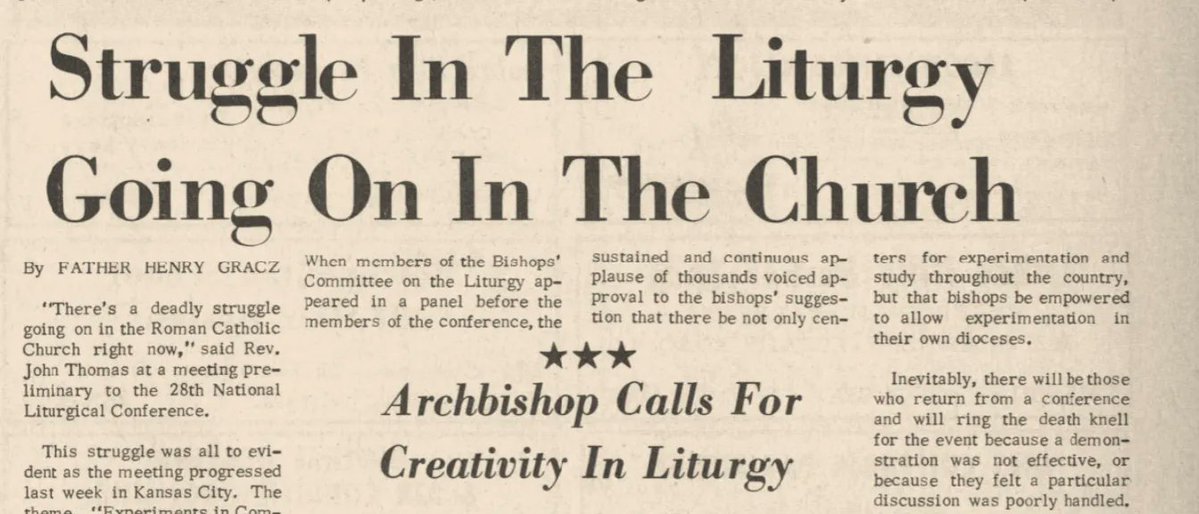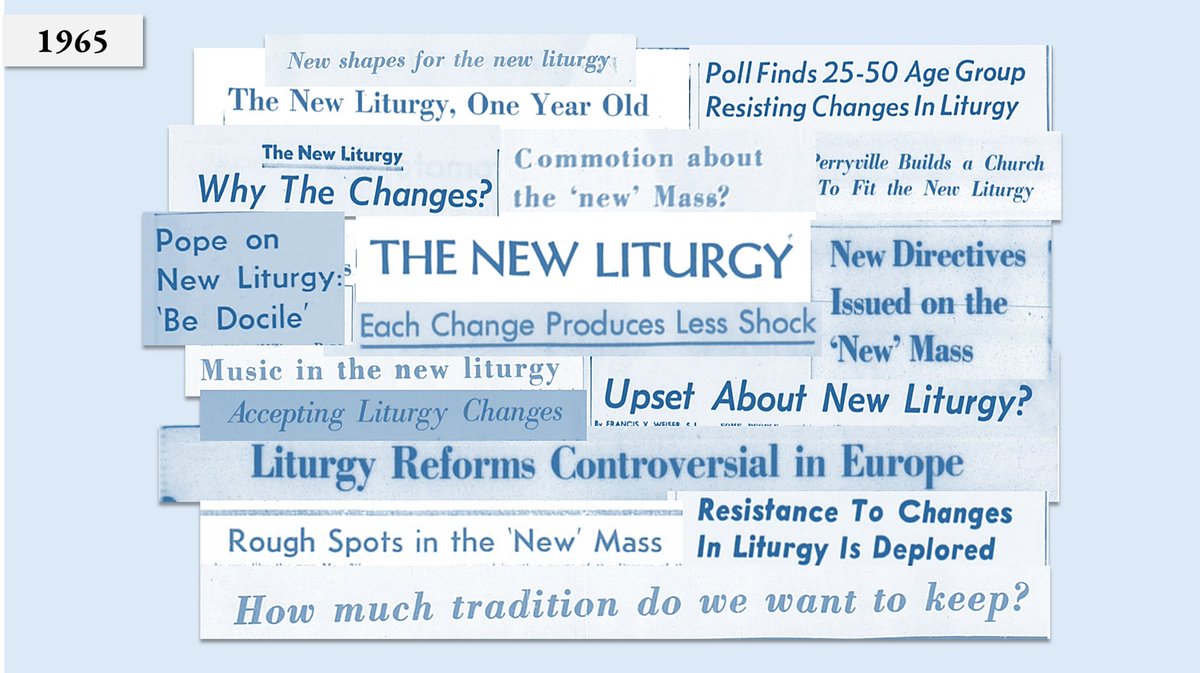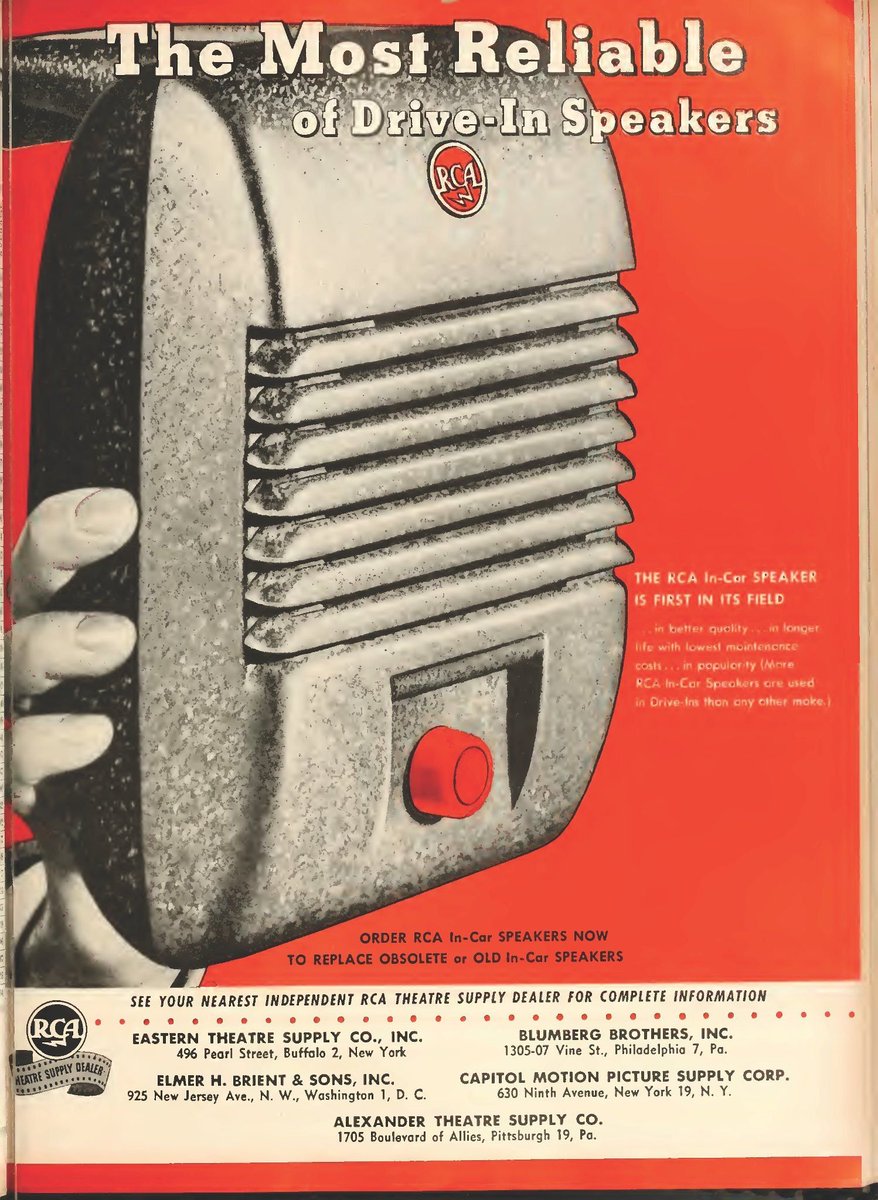Good morning, we are back for #MissalMondays!
Keeping with the nautical theme from last Friday, today I am excited to share one of my all-time favorite (and scarce) prayer-books with you:
📖 1925 - A Prayer Book for Catholic Seafarers
Check it out! 🧵

Keeping with the nautical theme from last Friday, today I am excited to share one of my all-time favorite (and scarce) prayer-books with you:
📖 1925 - A Prayer Book for Catholic Seafarers
Check it out! 🧵


It is one of the most original, interesting, and moving prayer books I have ever encountered.
Compiled by the legendary and prolific Rev. CC Martindale, SJ, almost the entire book is newly-written original prayers and commentary specifically for sailors and seamen.
Compiled by the legendary and prolific Rev. CC Martindale, SJ, almost the entire book is newly-written original prayers and commentary specifically for sailors and seamen.

There is a ton of beautiful and fascinating content in this prayer book.
Here are prayers written for the various roles and classes of sailors on the ships. For young boys...

Here are prayers written for the various roles and classes of sailors on the ships. For young boys...


... and these special exhortations to the young Catholic boys, who worked some of the hardest jobs and received harsher treatment on British ships 



Here is the exhortation at the beginning of a section of prayers specifically dedicated to when a sailor preparing to enter port 





The prayers and commentary are written in a direct, honest, but deeply compassionate manner. The pastoral solicitude is palpable.
This sets it apart from many other modern prayer books, which recycled 'stock' prayer content and were full of fairly bland, generic advice.
This sets it apart from many other modern prayer books, which recycled 'stock' prayer content and were full of fairly bland, generic advice.
It included prayers asking for the intercession of various saints who were sailors or had maritime connections 



Yet another unique feature was a Q&A section in the back, which was given as a help for Catholics trying to defend themselves from the often hostile environments of British ships.
It is charming, funny, succinct, and very 'English' in providing replies to common objections:
It is charming, funny, succinct, and very 'English' in providing replies to common objections:

Here are the devotions for Mass and Communion, which again are original compositions by Martindale and are deeply moving 





Lastly, gave a list of an extensive network of Catholic Centers for sailors, at or near ports throughout the world
These places offering seafarers the chance to find Mass and Catholic support no matter where they found themselves in their travels

These places offering seafarers the chance to find Mass and Catholic support no matter where they found themselves in their travels


It remained in print, through multiple editions, from 1925 to at least 1959.
Thanks for checking out these pictures from this wonderful, fascinating prayer book! I hope you enjoyed this thread.
As always, we'll see you next week for more #MissalMondays
Thanks for checking out these pictures from this wonderful, fascinating prayer book! I hope you enjoyed this thread.
As always, we'll see you next week for more #MissalMondays

• • •
Missing some Tweet in this thread? You can try to
force a refresh






















